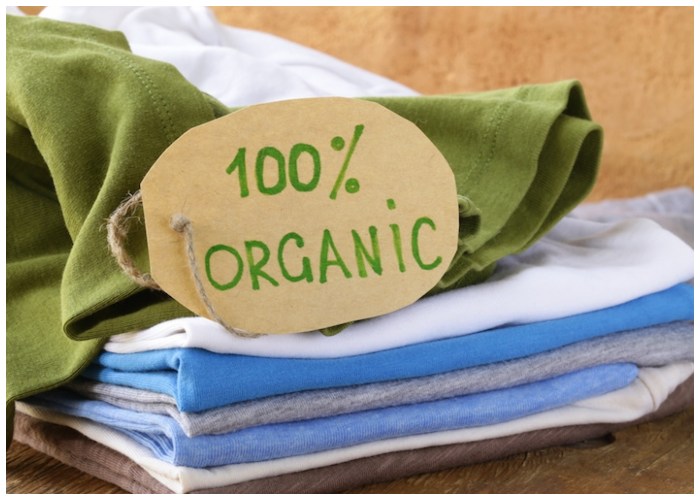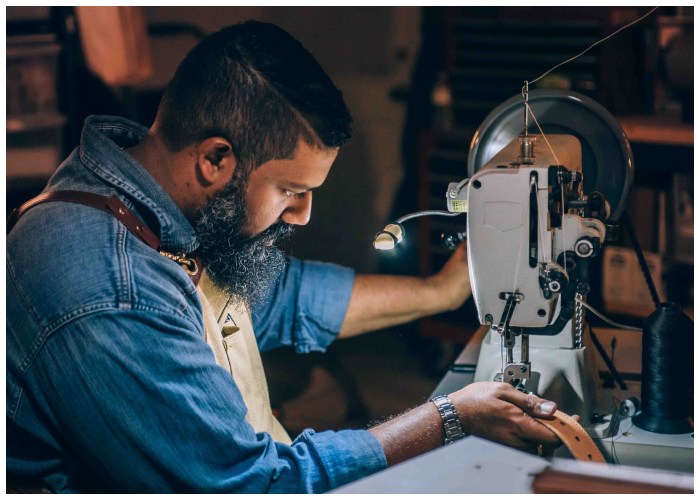In recent years, the fashion industry has come under increasing scrutiny for its impact on the environment. From fast fashion’s contribution to landfills to the extensive carbon footprint left by textile production, the industry has long been a major player in global environmental degradation. However, a shift is happening. As consumer demand for more sustainable products rises, eco-friendly fashion brands are taking the lead in transforming the industry toward a more responsible, sustainable future. Sustainable fashion 2.0 goes beyond just organic cotton or recycled polyester—it represents a radical rethinking of how clothes are produced, consumed, and disposed of. Today, eco-friendly brands are embracing innovation, technology, and circularity to create fashion that minimizes harm to the planet while offering style, quality, and affordability. This article explores how these brands are leading the charge in sustainable fashion, pioneering innovative practices, and reshaping the future of the fashion industry.

1. Circular Fashion: Closing the Loop
One of the most revolutionary concepts in sustainable fashion today is circularity—the idea that garments should have a life cycle that loops back to the beginning rather than ending up in landfills. In a circular economy, fashion brands are focused on designing products with a “cradle-to-cradle” approach, where items are made to last, can be repaired, reused, or recycled, and eventually returned to the production cycle instead of being discarded.
How Eco-Friendly Brands Are Embracing Circularity:
- Rental and Resale Models: Brands like Rent the Runway and ThredUp are leading the way in offering rental and resale services. Renting clothing for special occasions or buying secondhand has gained traction, allowing consumers to access high-quality, stylish clothing while reducing demand for new items.
- Repair and Recycle Programs: Brands like Patagonia and Eileen Fisher offer repair services to extend the life of clothing. Eileen Fisher’s “Renew” program takes back old garments to be resold, repaired, or transformed into new pieces.
- Biodegradable Materials: Eco-conscious brands are investing in materials that can return to the earth at the end of their life cycle, such as biodegradable fabrics like organic hemp, Tencel, and even mushroom leather.
Why It’s Important: Circular fashion helps reduce the massive waste generated by the fashion industry. By keeping clothing in use longer, promoting secondhand markets, and recycling materials, circularity creates a more sustainable, waste-free fashion ecosystem.
2. Eco-Friendly Materials: Innovating Beyond the Usual
Eco-friendly fashion is no longer limited to just organic cotton. Today’s innovative materials are pushing the boundaries of sustainability, offering alternatives to traditional textiles that have less environmental impact. From plant-based fabrics to innovative fibers made from recycled waste, eco-friendly materials are at the forefront of the sustainable fashion revolution.
Eco-Friendly Materials Leading the Charge:
- Recycled Fabrics: Brands like Reformation and Adidas are using recycled fabrics, such as polyester made from plastic bottles, to create high-quality, durable garments. This process helps reduce waste and cuts down on the need for virgin materials.
- Plant-Based Fabrics: Companies like Stella McCartney are championing plant-based materials like Mushroom Leather (Mylo) and Pinatex (made from pineapple leaves), which are sustainable alternatives to animal-derived leather and conventional synthetic fabrics.
- Tencel and Hemp: Tencel, made from sustainably sourced wood pulp, is biodegradable and requires less water than cotton to produce. Similarly, hemp is making a comeback as a versatile, eco-friendly material that requires minimal pesticides and water.
Why It’s Important: The use of eco-friendly materials significantly reduces the environmental impact of garment production. These materials often require less water, fewer chemicals, and energy to produce, making them a more sustainable choice for manufacturers and consumers alike.
3. Transparency and Ethical Production: From Factory to Finished Product
In the past, the fashion industry has been plagued by a lack of transparency in how clothes are made and under what conditions. Today, many eco-friendly fashion brands are striving to be fully transparent about their production processes, from sourcing materials to the conditions in which workers are employed. Ethical production and transparency are becoming critical components of the sustainable fashion movement.
How Brands Are Leading the Way:
- Supply Chain Transparency: Brands like Everlane have embraced a “Radical Transparency” model, providing consumers with detailed breakdowns of the cost to produce each item, as well as the conditions of the factories where the items are made. This encourages accountability and helps consumers make informed choices.
- Fair Labor Practices: Brands like People Tree and PACT are committed to fair trade practices, ensuring that workers are paid fair wages, have safe working conditions, and are treated ethically.
- Certifications and Audits: More brands are earning certifications like Fair Trade and Global Organic Textile Standard (GOTS), which guarantee that the garments are produced with ethical labor practices and sustainable production processes.
Why It’s Important: Ethical fashion ensures that the workers who produce the clothes are treated with dignity and respect, while transparency helps hold brands accountable for their environmental and social impact. As consumers become more aware of the ethics behind their clothing choices, brands are being pushed to adopt higher standards.

4. Vegan and Cruelty-Free Fashion: Compassionate Choices
The demand for vegan and cruelty-free fashion is growing as consumers become more conscious of the environmental and ethical impact of animal products. Eco-friendly fashion brands are rising to the occasion by offering stylish, high-quality garments made without animal-derived materials like leather, wool, and silk.
How Brands Are Embracing Vegan Fashion:
- Vegan Leather: Brands like Matt & Nat and Luxtra London are leading the way with fashionable vegan leather handbags, shoes, and accessories made from innovative materials like pineapple fibers and polyurethane.
- Cruelty-Free Wool Alternatives: With the rise of synthetic and plant-based alternatives, brands are moving away from animal wool and promoting fabrics like Tencel or organic cotton for outerwear and sweaters.
- Non-Animal-Based Dyes: Companies like Stella McCartney have committed to using plant-based dyes, which are less toxic than traditional synthetic dyes and eliminate the need for harmful chemicals in clothing production.
Why It’s Important: The use of vegan and cruelty-free materials reduces the exploitation of animals, supports more ethical manufacturing practices, and helps to protect the environment. As more consumers demand alternatives to animal products, the fashion industry is responding by offering stylish, sustainable options.
5. Innovative Business Models: Subscription Services and Upcycling
The way we consume fashion is also evolving, with new business models that promote sustainability and reduce waste. Subscription services and upcycling are transforming how we purchase and interact with clothing, moving away from the traditional “buy-and-dispose” model.
How Brands Are Innovating:
- Clothing Rental and Subscription Services: Companies like Rent the Runway and HURR Collective are offering clothing rental services, allowing consumers to access high-quality garments without the need to purchase and own them. This not only saves money but also promotes the reuse of clothing.
- Upcycled Fashion: Brands like Re/Done and Patagonia are taking old garments and upcycling them into new, fashionable pieces. This practice reduces the need for new resources and keeps textiles out of landfills.
- Buy-Back and Recycling Programs: Some brands, like Levi’s and Nike, have introduced buy-back programs that allow customers to return old garments for recycling or refurbishment, offering a circular solution to fashion waste.
Why It’s Important: These innovative models help reduce clothing consumption and waste, offering alternatives to the traditional fast-fashion cycle. By extending the life of garments and promoting the reuse and recycling of textiles, these brands are helping to minimize fashion’s environmental footprint.